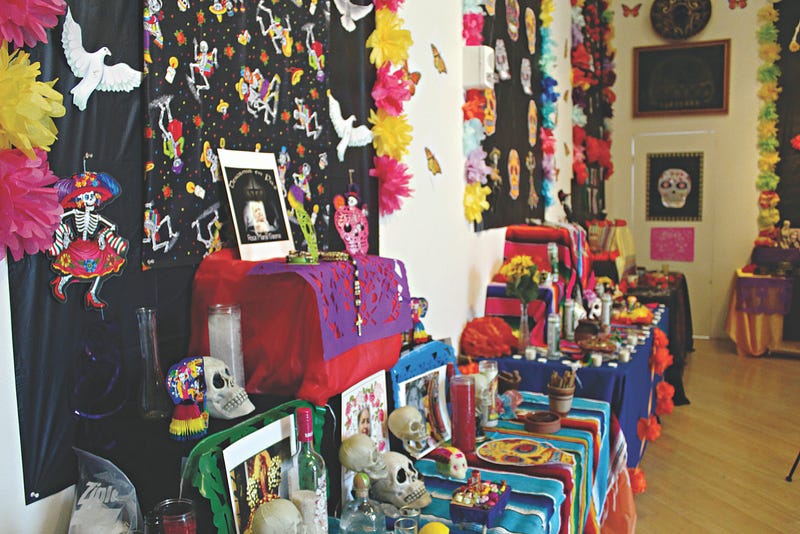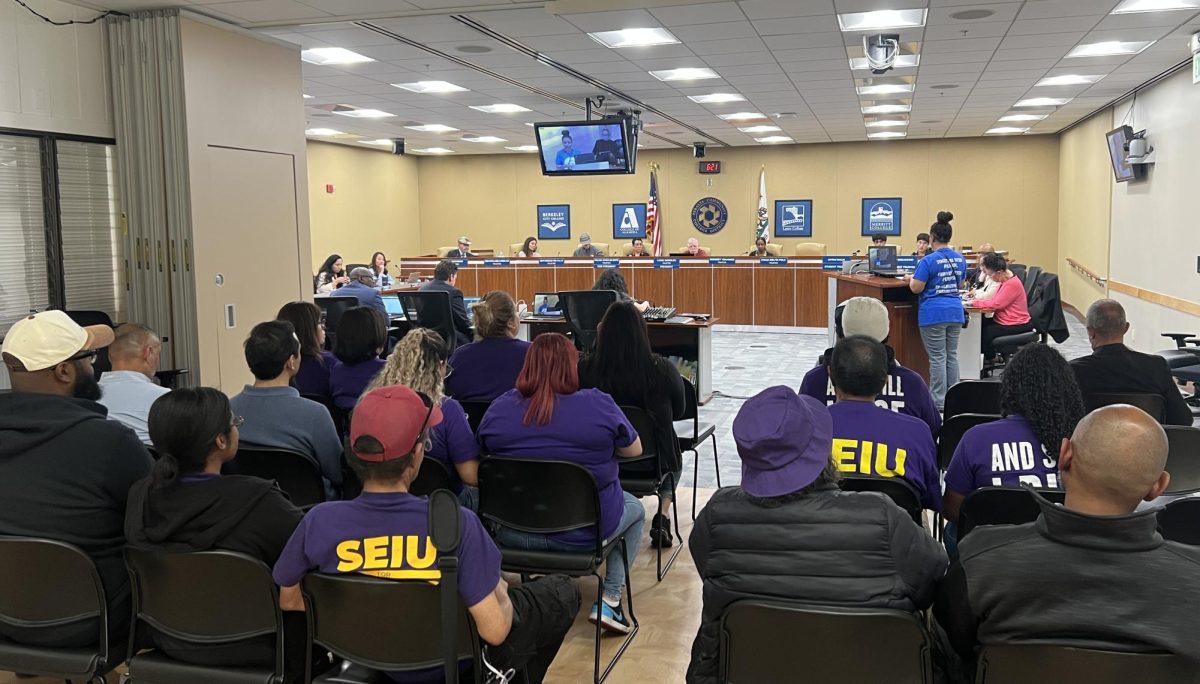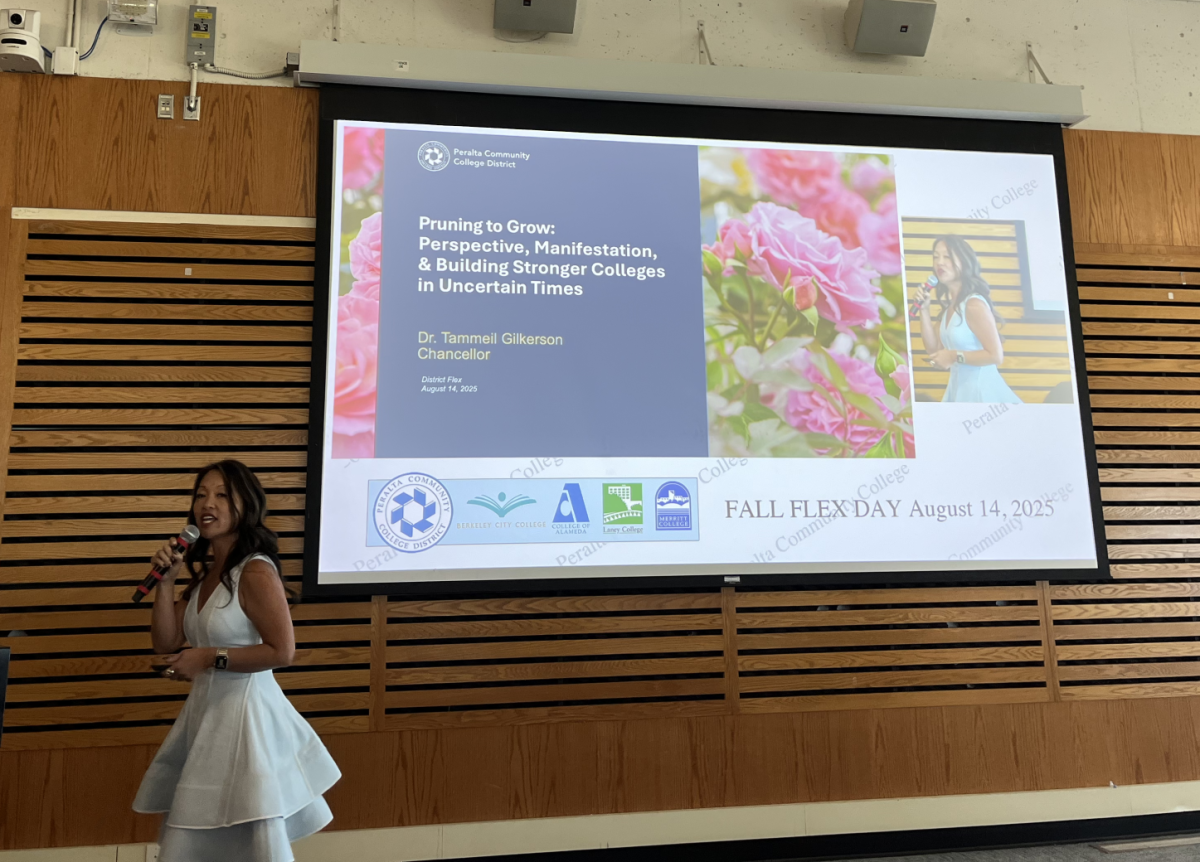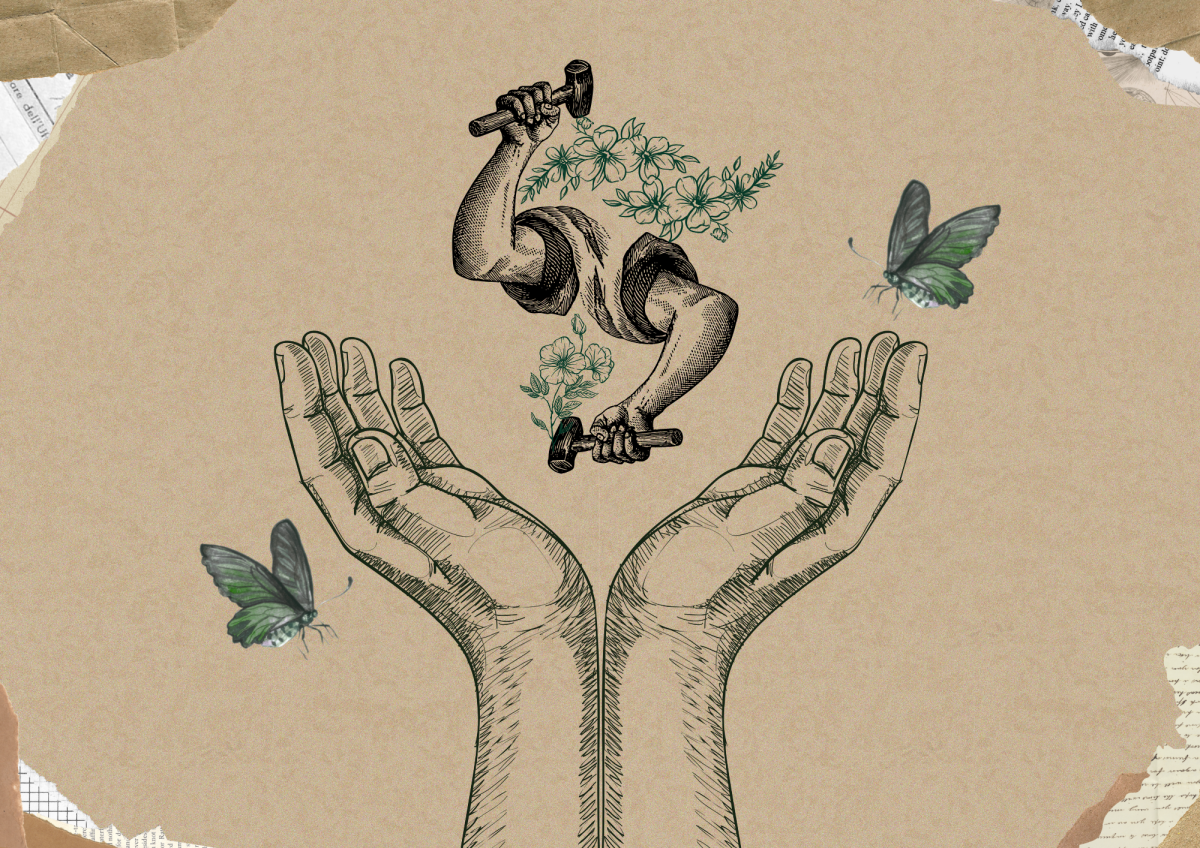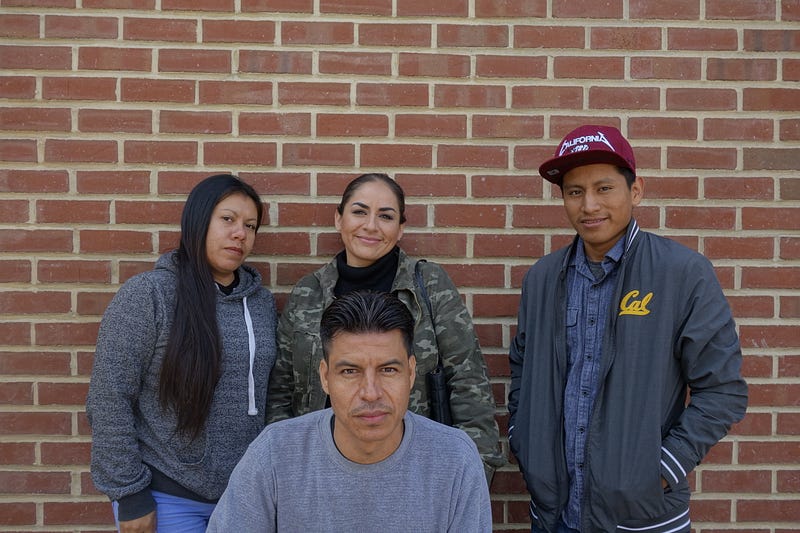
Jose Rodriguez — Major/Career: Social Worker
The Day of the Dead is a world-renowned celebration, born in the ancient Mesoamerican cultures. Among the countries that still retain part of these customs is Mexico. There, El Dia de Los Muertos is one of the most important celebrations.
On the day of the celebrations, we get together in the cemetery to visit our dead relatives. It is a special day full of mixed feelings such as sadness, joy and mystery. It is a mythical day of reflection on the death and its power over life.
On this day we remember those who were among us physically and who no longer are. Our fear of death sometimes turns into a deep reflection because we do not have any certainty of what will happen after our end in this world.
In Jalisco, in the north of Mexico, we celebrate El Dia de Los Muertos by visiting our dead relatives in the cemetery. We clean the graves, bring flowers, candles and spend most of the day remembering them.
Although the main ideas are still persistent into our society, many of the customs of our ancestors have been merged with the traditions of other countries.
For example, our real tradition in most of the Mexican states is of raising the “Altares de Muertos” to honor dead relatives. We recite the lithographs, or “calaveritas,” challenging and even mocking death.
Traditionally, we also have appetizers like bread of the dead and sweets in the shape of skulls. The traditional flowers of cempasúchil and paper figures of skeletons and skulls are used for decoration.
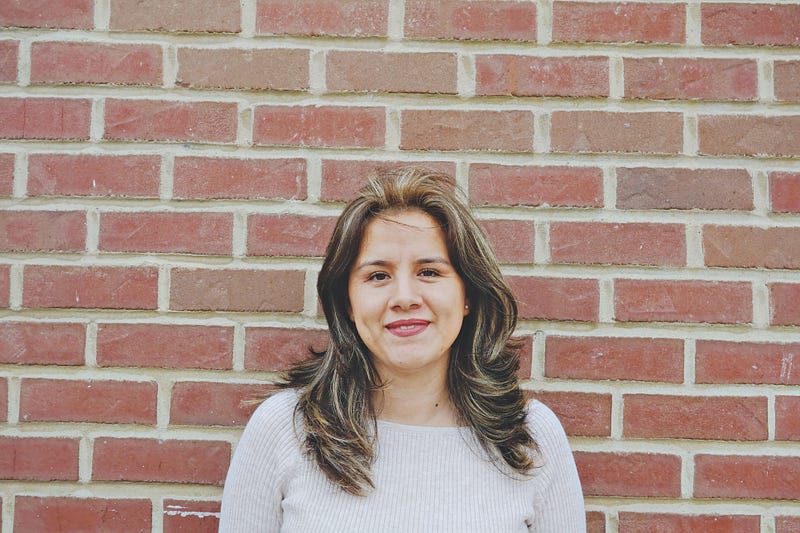
Adanely Colin
Major/Career: Nursing
There, in the most profound parts of our Mexican roots, there are the most beautiful traditions that permeate the souls of all those who celebrate them.
There, in the memory, in the prayer, and in the singing is a smile and also a sadness that is brought to our minds remembering those who have passed on to whatever lies next.
Such joy is brought from gathering around the dinner table with those that we love. Those flavors shared with these same loved ones bring us a sense of nostalgia that fills every space in the place called home.
It is also here where different flavors are brought to the table in order to be shared with those that we have loved in life. This action fills every room in the home with a sense of nostalgia.
Here, in the bowels of our space and in the outermost recesses of our spirit, the people we have loved visit us. They live once again with the laughter, the songs, the words, the hugs, the noise and hubbub, the sobs and the silence of all those who once upon a time fed our soul with several pieces of joy.
Here is the time that moves us and transforms us, that guides and feeds us with diverse experiences day by day. This is the time that looks upon and unites us every year with aromas and bright colors that awaken the senses, which causes us to open our hearts and reach out to those that we loved.
The story doesn’t end here. Life and death unite upon this day in order to bring a time of joy for us.
Here in silence, it starts, and it stays and it catches us. It is the same silence that brings us closer and puts us face-to-face. This is the silence that inspires us and that steals away our calm. In this silence there is prayer from the thousands of sources that hope to one day see loved ones once more.
Here, in my heart, is where the memory of my loved ones live. Here is the home of those memories which I visit when I long for them.
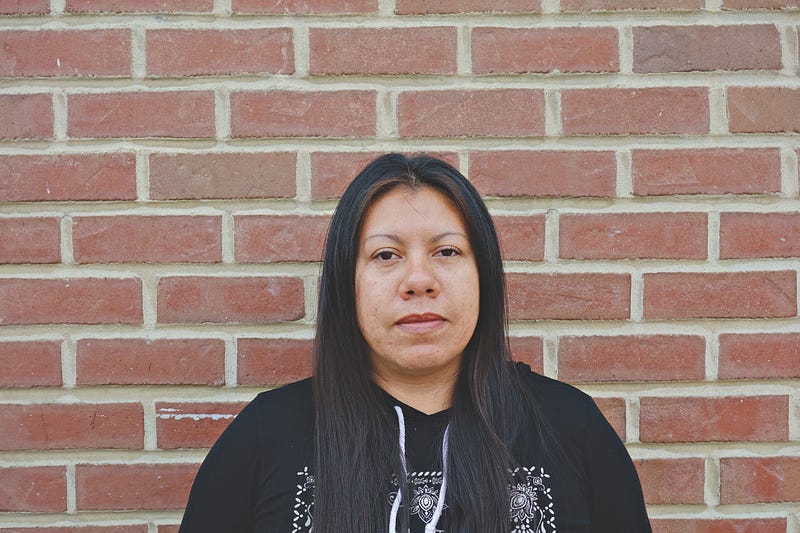
Maricruz García
Major/Career: Cosmetology
Day of the Dead is a beautiful Mesoamerican tradition through which we keep death alive!
Since the times of the Pre-Hispanic era, our ancestors have inherited a very special tradition to honor the memory of our loved ones who have departed from this earthly plane for eternal life. The tradition takes place on Nov. 1–2 and is known worldwide.
At home, we make a beautiful and colorful altar to welcome the brief but very significant visit made by the souls of our loved ones from beyond. We also visit, clean, and decorate their tombs and headstones in the cemetery.
Year after year and generation after generation, this tradition continues to be inculcated into our future and our offspring because it was, is, and will always be our legacy.
The United Nations Educational, Scientific and Cultural Organization declared “Day of the Dead” a Cultural Heritage of Humanity in 2003.
